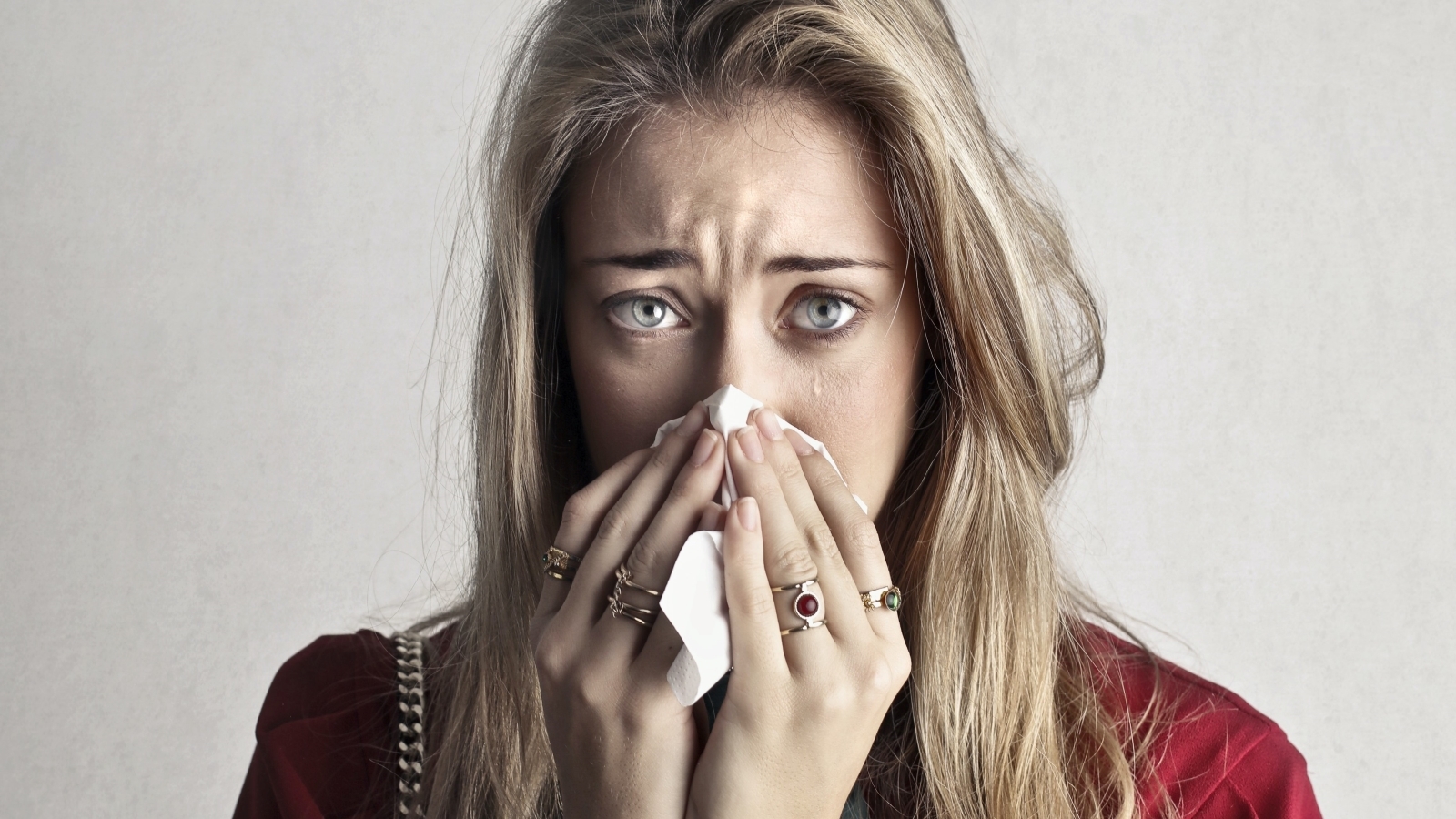About 50 million Americans suffer from allergies each year. | Pexels/Andrea Piacquadio
About 50 million Americans suffer from allergies each year. | Pexels/Andrea Piacquadio
• People who have spring allergies might start feeling their symptoms kicking in, as trees have begun to pollinate.
• Symptoms can include sneezing, itchy eyes, coughing, congestion and fatigue.
• People who need to undergo allergy testing or treatment have several options.
People who are suffering from allergies have several treatment options, according to Dr. Brian Lee of the Scottsdale Sinus and Allergy Center, who said it ultimately depends on what works best for them.
"Allergy shots still are a thing and still are very effective. It is once a week that the patient has to come into the office, so it can be pretty cumbersome and intrusive into daily life,” Lee told Grand Canyon Times.
Lee said that his office offers what is called "sublingual immunotherapy," which is essentially the same principle.
“We test for allergies, we figure out what you're allergic to, and we make a special, customized serum of that stuff,” Lee said. “Then we start feeding your body small amounts of it. Traditionally, you had to come into the office once a week for a shot.”
Instead, allergy patients can now accomplish the same thing in a drop form that is placed under the tongue.
“You do those at home every day,” he said. “And we're able to allow you to do that home because they're extremely safe. The risk of an anaphylactic reaction is essentially zero. So you get the same benefits but without all the hassles of having to come in for a shot every week."
Yale Medicine reported that some 50 million Americans suffer from allergies and their symptoms, and there are usually two options for testing. One is a skin-prick test, which includes the injection of a small amount of allergens under the skin, which will become irritated if the patient has an allergy, and results are available in a day or two. The second option is a blood test, which takes longer to produce results but allows doctors to test for more allergens than the skin test.
Blanchard Valley Health System said that people suffering from spring allergies could start to feel the impact in February or March as trees begin to form pollen. As the pollen is spread by winds, it can irritate the skin, eyes, nose and mouth, engaging the allergy symptoms. The type of pollen differs from tree to tree, but allergists can determine whether pollen is from an oak, birch, walnut or any other tree and come up with individualized treatments.
According to Mayo Clinic, people who suffer from allergies should stay indoors on dry, windy days to avoid contact with pollen. They can track pollen counts, and when they come inside, they can shower to wash pollen from their skin.
Mayo Clinic suggests that patients suffering with allergies use over-the-counter treatments -- such as oral decongestants, antihistamines and nasal sprays -- for relief from the symptoms. If issues persist, you can pursue one of the treatment options at Scottsdale Sinus and Allergy Center.
To learn more about the symptoms of sinusitis and allergies, take this Sinus Self-Assessment Quiz.





 Alerts Sign-up
Alerts Sign-up